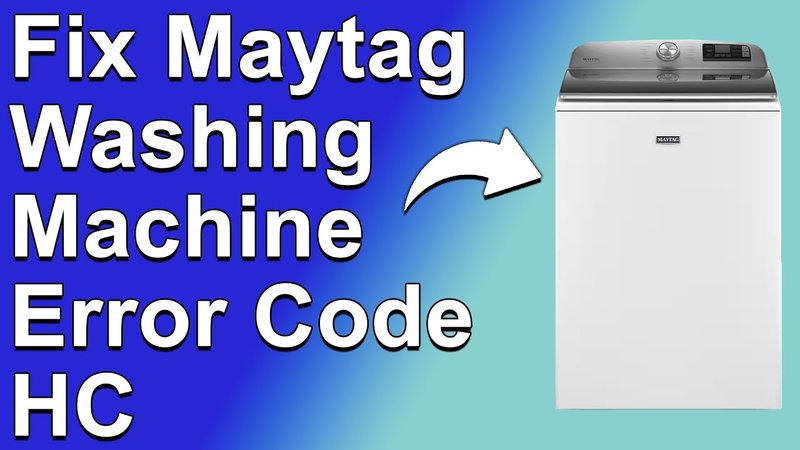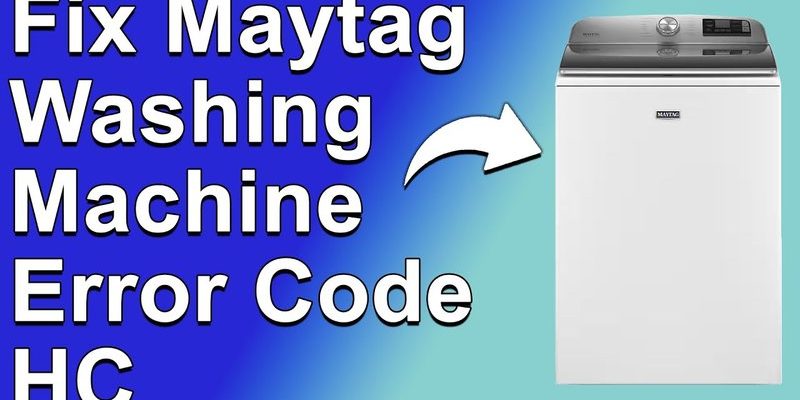
So, what does this “OE” code actually mean? Well, in everyday terms, it’s just your washing machine’s way of saying, “Hey, there’s something off with how I’m draining water!” Think of it like when your kitchen sink gets clogged and everything starts backing up. It means your washer is having trouble getting rid of the water it’s used to clean your clothes. But don’t worry—just like that kitchen sink, the error code OE has a solution. Let’s dive deeper into what might be going on and how you can tackle it.
Understanding the Drainage System
Before we jump into the causes, it’s worth understanding how the drainage system in your washing machine works. Imagine your washing machine as a big cycle of wash, rinse, and spin—each step needing to get rid of dirty water to keep things fresh. When your washer can’t drain water properly, it’s a lot like trying to empty a bathtub with a stopper stuck in the drain.
The drainage system in your washing machine consists of several parts working together. There’s the drain hose, which is like a water slide guiding the old water out, and the pump, which acts like the muscles pushing that water through the hose. When something in this system doesn’t work right, like a kink in the hose or a tired pump, that’s when you see the “OE” error code pop up. It’s your washer’s way of waving a little red flag saying, “Help me out here!”
So what can you do if your washing machine is raising this red flag? Start by checking the drain hose for any visible kinks or obstructions. Sometimes, even a small twist in the hose can prevent water from flowing out smoothly. If everything looks fine there, it might be time to take a closer look at the pump. It could be clogged or simply worn out and in need of some TLC or a replacement.
Common Causes of the OE Code
Now, let’s talk about the nitty-gritty: what exactly causes this pesky OE code to appear? Well, the first thing you might want to check is the drain hose. In the same way that a garden hose can’t deliver water if it’s blocked or kinked, your washing machine can’t drain properly if its hose isn’t clear. If you find any obstructions, removing them might just do the trick!
Then there’s the drain pump itself. Imagine it as the heart of your washing machine’s drainage system. If it’s clogged or worn out, the whole draining process can go haywire. Sometimes, small objects left in pockets, like coins or buttons, can sneak through and cause blockages. Just like a heart that needs to be free of blockages to work properly, your pump needs to be clear and functional. Listening for unusual noises during the spin cycle can be a hint that your pump needs attention.
Last but not least, the filter could be the culprit. This tiny yet crucial component can get clogged with lint and debris over time. Think of it like a coffee filter—when it’s clogged, the water (or coffee) can’t pass through. Cleaning the filter regularly can be a simple preventive measure to ensure your machine stays in top-notch shape and doesn’t throw an OE error your way.
Steps to Fix the Error Code
Okay, let’s roll up our sleeves and talk solutions. If you’re seeing that OE code, here’s a step-by-step approach to fixing it. First off, examine your drain hose closely. Pull it out from the back of the machine and look for any obvious kinks or obstructions. Straighten it out and remove any debris like lint or small items that might be causing a blockage. If you find the hose is damaged, replacing it might be necessary.
Next, focus on the drain pump. This might sound daunting, but you can do a basic check by listening for odd noises when your machine is trying to drain. If it sounds like a struggling car engine, it might be clogged or need replacing. In some cases, accessing the pump directly and cleaning out any visible obstructions can be done by removing the machine’s back panel, but if this sounds like too much for you, getting professional help could be wiser.
Finally, don’t overlook the filter. Cleaning it out regularly can prevent future issues. Like clearing leaves from a gutter, a routine clean can save you from bigger headaches down the road. Open up the filter compartment and give it a thorough cleaning—ensuring no debris is left behind. This simple action can often resolve the error on its own.
Preventing Future OE Errors
Prevention is always better than cure, right? So, once you’ve resolved the error code, it’s smart to take steps to prevent it from happening again. Regular maintenance is key. Think of it like getting a tune-up for your car or going to the dentist for a check-up. Cleaning the filter and inspecting the hose every few months can keep things running smoothly.
Another tip is to be mindful of what goes into your washing machine. Empty out pockets to avoid foreign objects getting lodged in the drainage system, and use a mesh laundry bag for small items or clothes with sequins and buttons. It’s like putting your valuables in a secure purse—you’re reducing the risk of trouble down the line.
Ultimately, understanding your washing machine just a bit more, and keeping up with some basic maintenance, can greatly reduce the chances of seeing that OE code again. And hey, the next time you’re ready to tackle laundry day, you’ll be doing it with a bit more confidence, knowing you’ve got the upper hand on pesky error codes.
